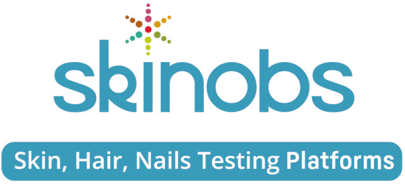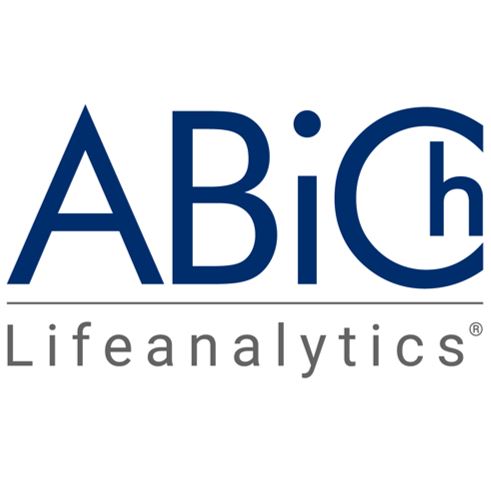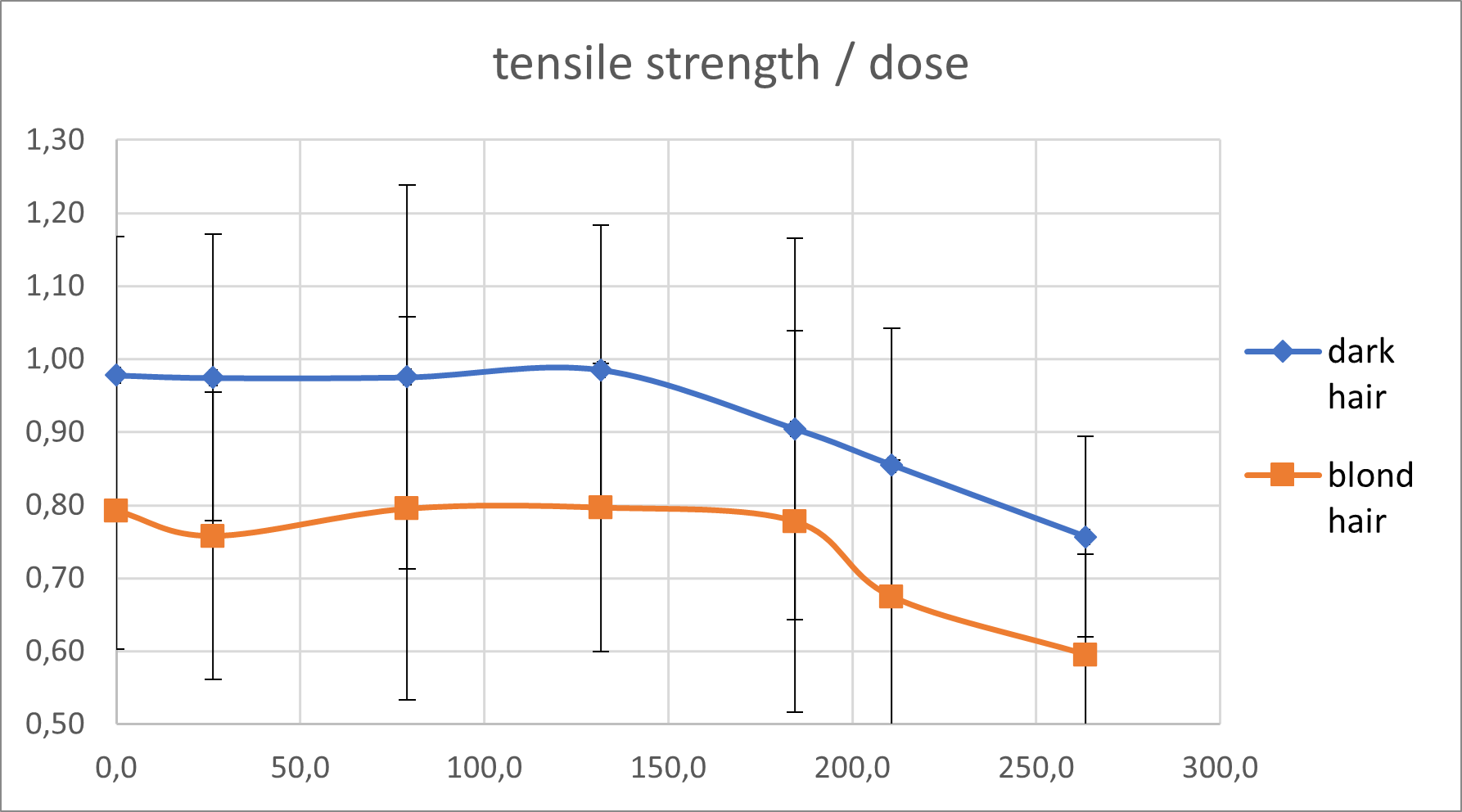Boost Your Test at in-cosmetics Global 2024: The Best Place to Talk about Testing with Abich
25 January 2024

Cosmeticians from all over the world are reuniting once again at in-cosmetics global, allowing much-needed and fruitful exchanges with partners, suppliers and customers.
👉 The Skinobs team will be glad to welcome you in the BOOST YOUR TEST 1T89 area for the 5th year, to talk with you about your evaluation projects during your visit at in-cosmetics global in Paris, from April 16th to 18th 2024.
PREPARE FOR THE UPCOMING TRADE IN-COSMETICS GLOBAL
It is time for cosmeticians from all over the world to schedule their visit to in-cosmetics global in Paris.
Skinobs invites skincare creators and ingredient manufacturers to visit BOOST YOUR TEST [1T89], organized in collaboration with in-cosmetics Global in the heart of the Testing & Lab area.
It aims to guide you in your evaluation process and to advise whatever classic or innovative claims to be assessed. This is to help you to identify the most appropriate methods and choose the right Contact Research Organization (CROs) around the world that best match your evaluation specifications for:
- Preclinical assays in-tubo, in-vitro or ex-vivo such as stability, safety, container-content or efficacy assays,
- Clinical objectivation such as tolerance, efficacy, sensory analysis, or consumer tests.

Skinobs will be present booth 1T89
with Abich

Trichological damage by UV exposure – establishing the baseline for efficacy testing of photoprotection and/or restorative effects on ex vivo human hair
It is crucial to establish a baseline for in vitro efficacy testing of photodamage on human hair. This will help to design tailored studies and accurately predict performance without the use of human volunteers. Conducting such a study in standardized laboratory conditions can remove many confounding factors linked to behavior, metabolism or the environment, and provide a more reliable testing benchmark. Sunlight simulations that mimic the exact proportions of outdoor conditions, including all UV and visible wavelength contributing to the effect, are required to achieve this.
By using two possible sources of hair, baseline tensile strength and UV-VIS dose response can be established. This will provide the basis for complex and tailored in vitro studies. The sample size can also be more easily determined relative to the expected efficacy of a product.
Testing different types of hair in response to repeated UV-VIS exposure can determine the role of hair color, hair shaft thickness, and conditions affecting repeatability. Hair color was observed to have less impact than originally predicted. The irradiation doses required to determine reliable, statistically significant damage on hair shafts were found to be functionally independent of hair color, baseline hair shaft resistance, and geographical source of the hair.
The amount of direct damage caused by UV exposure was lower than expected, requiring higher doses than would be expected according to preexisting testing protocols. However, the observed dose/response is more compatible with reported real-life conditions.
The results obtained from the experiment seem to support the anticipated differences between blond and dark hair under UV damage. However, there is a notable variation in the loss of tensile strength at the 7-day mark, suggesting that blond hair may exhibit a delay in the initial phase of UV damage. This delay, if substantiated by further measurements, could be attributed to the breakdown of the higher levels of melanin present in dark hair. The process of melanin UV aging is known to release reactive oxygen species, which may account for the differences observed in hair damage between blond and dark hair.

To discover more, visit Abich at In Cosmetics Global
Connect on Skinobs: click here
Business contact – Agnès Malartre, International Tech Sales & Support – agnes.malartre@abich.it – http://www.abich.it/
——————
👉 To discover the full exhibitors list : click here
More informations here.







 Follow us on Linkedin!
Follow us on Linkedin!
You must be logged in to post a comment.